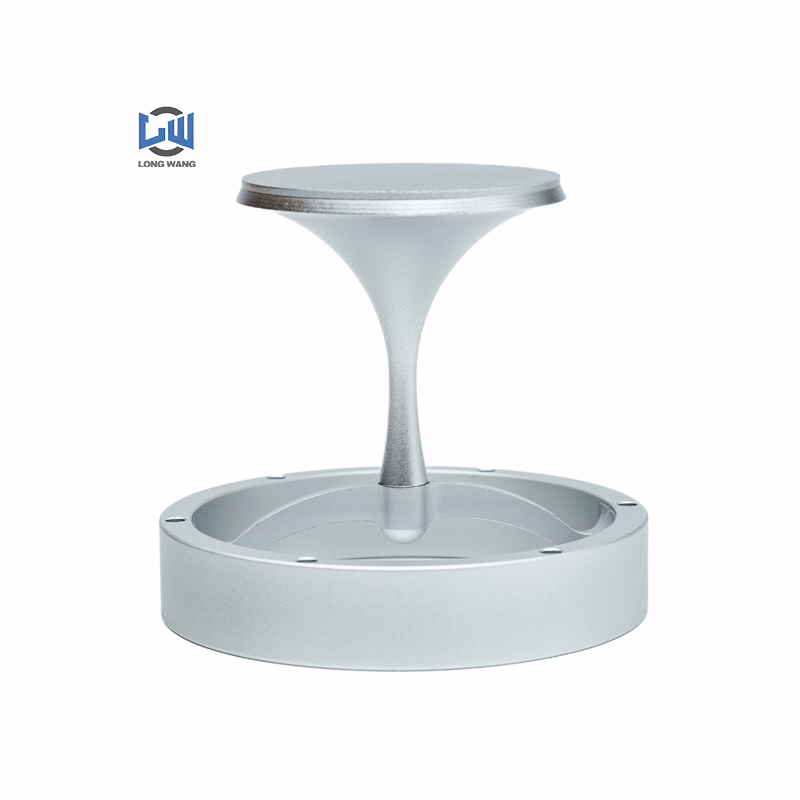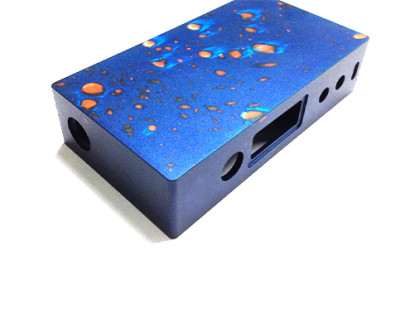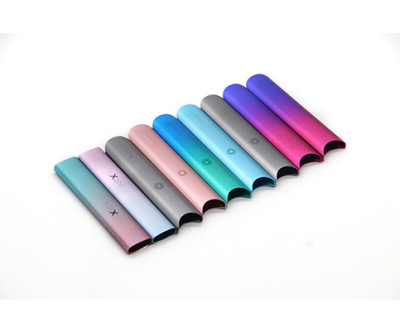CNC Lathe Turning Machining Machined Aluminum Drawing Parts
CNC Lathe Turning Machining Machined Aluminum Drawing Parts Introduction
CNC Lathe Turning Machining Machined Aluminum Drawing Parts refers to aluminum components manufactured using CNC lathe turning machining processes. This technology is widely used in the manufacturing industry to produce high-precision and high-quality aluminum parts for various applications, including aerospace, automotive, electronics, and more. Here’s a detailed introduction to this machining technique and its applications:
Product Introduction
Definition
CNC Lathe Turning Machining is a process where a computer-controlled lathe is used to machine aluminum materials into various shapes and sizes to meet specific design requirements. This process involves securing the aluminum material on a rotating lathe and using cutting tools to shape the material into the desired part.
Production Process
In the CNC Lathe Turning Machining process, the aluminum material is first clamped onto the lathe. The lathe’s rotation and tool movement are controlled by a computer program. The lathe precisely cuts the aluminum according to the pre-set program and design drawings, ensuring that the final part matches the design specifications exactly.
Advantages
High Precision: CNC lathes achieve extremely high machining precision, ensuring that each part meets strict design specifications.
Complex Shapes: Capable of machining complex and intricate geometries to meet diverse application needs.
Consistency: Ensures high consistency across all produced parts, ideal for mass production.
High Efficiency: Automated turning processes complete machining quickly, improving production efficiency.
Quality Surface: Parts have a smooth surface after machining, with good appearance and corrosion resistance.
Applications
This machining technique is used to produce a wide range of aluminum components, applied in:
Aerospace: Manufacturing lightweight and durable aluminum parts to enhance aircraft performance and fuel efficiency.
Automotive: Producing automotive components like engine parts, wheels, and brackets to improve vehicle performance and safety.
Electronics: Machining enclosures and structural components for electronic devices, enhancing functionality and aesthetics.
Machinery Manufacturing: Creating mechanical components such as gears, bearings, and fittings, improving machinery efficiency and reliability.
Product Features
Precision: High-precision machining achieved through CNC technology ensures accurate dimensions and shapes.
Strength: Aluminum material offers excellent strength and corrosion resistance, suitable for various demanding environments.
Surface Finish: Machined parts have a smooth surface, suitable for further finishing or decoration.
Flexibility: Capable of customizing various shapes and sizes according to customer requirements, accommodating different application needs.
Advantages of Using CNC Lathe Turning Machining Machined Aluminum Drawing Parts
CNC Lathe Turning Machining Machined Aluminum Drawing Parts offers several significant advantages, making it a preferred choice in manufacturing. Here are the key benefits:
1. High Precision Machining
CNC lathes achieve extremely high machining precision, ensuring that each aluminum part meets exact design specifications. The precision capabilities make it suitable for applications requiring strict tolerances.
2. Complex Shape Manufacturing
CNC turning can handle complex and intricate geometries, meeting diverse design needs. Whether for detailed internal structures or external contours, CNC lathes efficiently produce complex shapes.
3. Consistency and Repetition
This technology excels in mass production, providing high consistency across all produced parts. CNC technology ensures uniformity through automated programming, minimizing errors caused by manual intervention.
4. Increased Production Efficiency
The automation and high efficiency of CNC lathes improve production efficiency. The rapid and continuous machining process reduces production time, shortening lead times and lowering production costs.
5. Quality Surface Finish
Aluminum parts machined by CNC lathes have a smooth surface with a good appearance. High-quality surface finishes also provide a solid foundation for further coating or decoration.
6. Material Strength and Durability
Aluminum materials offer excellent strength and corrosion resistance, suitable for various application environments. CNC turning produces parts that meet durability requirements, ensuring reliability under different operating conditions.
7. Flexible Design Capabilities
CNC technology offers flexible design capabilities, allowing for customization according to specific customer requirements. Whether for single-piece production or large-scale manufacturing, CNC lathes can adjust machining parameters to meet diverse design needs.
8. Reduced Waste
High-precision machining maximizes the use of raw materials, reducing waste. Efficient production processes and optimized machining contribute to lower material costs and improved economic efficiency.
9. Industry Adaptability
This machining technique is widely applicable across various industries, including aerospace, automotive manufacturing, electronics, and machinery. It provides high-quality solutions tailored to the specific needs of different sectors.



